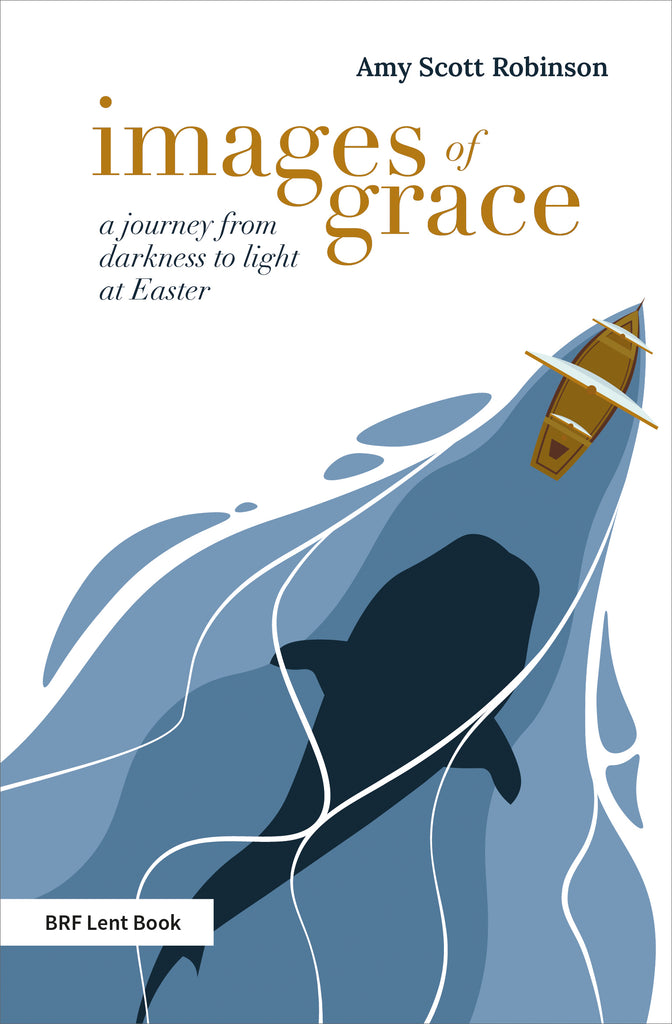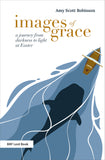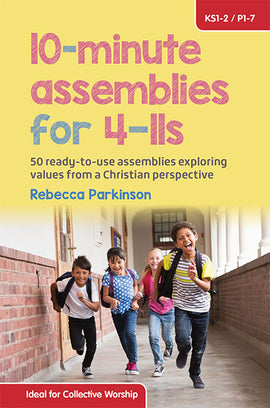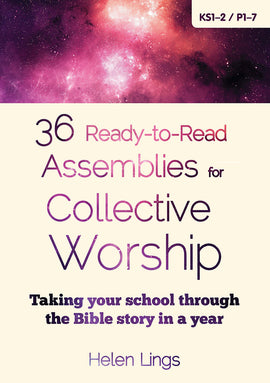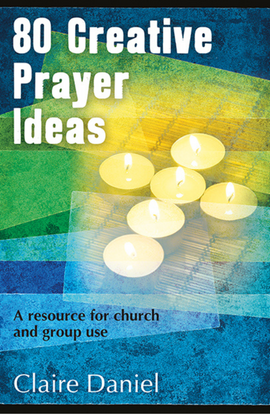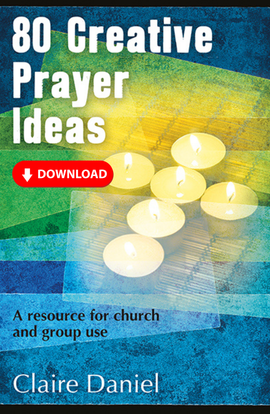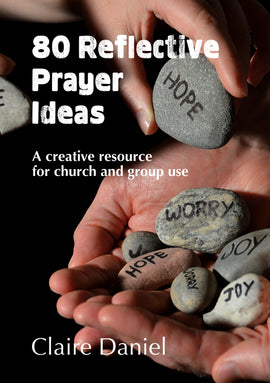Images of Grace: A journey from darkness to light at Easter
The BRF Lent book for 2023
‘At the heart of the Christian message is a collection of abstract nouns: love; sin; forgiveness; grace. It is quite difficult to explain what the gospel message is without using some or all of those words. But the problem with abstract nouns is that when we use them, we assume that the person we are talking to understands them, and not only that, we assume that they have the same understanding of the word that we do…’
| Title | Images of Grace: A journey from darkness to light at Easter |
| Author | Amy Scott Robinson |
| ISBN | |
| Description | ‘At the heart of the Christian message is a collection of abstract nouns: love; sin; forgiveness; grace. It is quite difficult to explain what the gospel message is without using some or all of those words. But the problem with abstract nouns is that when we use them, we assume that the person we are talking to understands them, and not only that, we assume that they have the same understanding of the word that we do…’ Lent is traditionally a time of repentance, fasting and prayer as we prepare to celebrate our salvation at Easter. Through daily readings and reflections from Ash Wednesday to Easter Day, Amy Scott Robinson explores different biblical images of repentance, sin, forgiveness and grace, bringing them together in Holy Week as a lens through which to view Christ’s work of reconciliation on the cross.
|
| Details |
|
‘At the heart of the Christian message is a collection of abstract nouns: love; sin; forgiveness; grace. It is quite difficult to explain what the gospel message is without using some or all of those words. But the problem with abstract nouns is that when we use them, we assume that the person we are talking to understands them, and not only that, we assume that they have the same understanding of the word that we do…’
Lent is traditionally a time of repentance, fasting and prayer as we prepare to celebrate our salvation at Easter. Through daily readings and reflections from Ash Wednesday to Easter Day, Amy Scott Robinson explores different biblical images of repentance, sin, forgiveness and grace, bringing them together in Holy Week as a lens through which to view Christ’s work of reconciliation on the cross.
This book is rich in accessible biblical scholarship and insight. It brings the reader's attention to a variety of passages and it is refreshing to read a Lent Book that encourages the reader to look at a variety of passages from across the whole of Christian scripture. The combination of a well-considered reflection, a question and, a suitable prayer for each day make this book the perfect companion for Lent.'
The Rev'd Canon Michael Robinson (no relation!)
Bishops’ Chaplain & Canon Theologian of St Edmundsbury Cathedral
‘Amy is an expert storyteller, a well of emotion and reflection, and a follower of Jesus with a deep, genuine hunger for the reality of God.’
Adrian Plass, author and speaker
Transforming Ministry online February 2023. Review by Margaret Tinsley
The BRF Lent Book for 2023, sub-titled ‘A Journey from Darkness to Light at Easter’ takes the reader day by day on exactly that journey. Amy Scott Robinson was inspired to write this book because she felt that abstract nouns, such as sin and grace, although in frequent use, might be misunderstood – or given a different meaning - by many people. The book is based on the idea that the use of images helps this understanding. These images vary from a few words, to extended metaphors, to whole stories – but all help us to understand Christian concepts.
The book is divided into weekly sections, covering sin and repentance, forgiveness, atonement, restoration, reconciliation and ends with Holy Week. Each day has a Bible reading, commentary, a question and a prayer and, at the end of each week, there is a set of questions, which makes the book suitable for group activity. The commentary which Amy Scott Robinson gives each day is invariably pertinent and engaging and involves personal and literary examples, as well as providing a thoughtful interpretation of the passage. The question demands the reader applies the material to his/her own life. As a Lent book I recommend this for personal or for group use.
Reviewed by Margaret Tinsley
Reviewed by Richard Frost, author of Life with St Benedict
Having previously reviewed Image of the Invisible, Amy Scott-Robinson’s book for Advent through to Epiphany, I was looking forward to this offering for Lent, Holy Week and Easter. And I was not disappointed.
As with that previous book, she uses metaphors, stories and biblical examples to open up a wide range of themes. Initially, these images explore the traditional themes of Lent: sin, repentance and forgiveness. Dipping briefly and helpfully in the theological arguments about atonement, the author then continues with images of restoration and reconciliation. A final section for Holy Week finds us encountering a donkey, turning over tables and washing feet before standing by the tomb.
Within the book, we meet characters as diverse as David and Jonah, Jesus Barabbas and Joseph of Arimathea. Each aspect, each chapter, is explored and explained, using helpful contemporary stories and images alongside the biblical ones.
For this reviewer, reading a book of daily reflections in a shorter timescale inevitably dilutes the full benefit of it (not least also that I read it during Advent!). Thus, for me, the focus on sin during the first half has a particular effect and it is from Week 4 onwards that readers are given a flood of hope as all the images combine to provide ones of grace. Grace which is sufficient for each day and for each one of us, in all times and seasons.
Richard Frost is the author of Life with St Benedict and writes a blog at workrestpray.com. He is also the author of two other books.
Amy Scott Robinson is an author and performance storyteller. After studying English at Christ's College, Cambridge, she trained as a teacher and began writing for charities and providers of liturgical resources, before publishing her own works on puppetry and story. She is married to the rector of four rural parishes in Suffolk, where she is also the benefice children’s worker. She lives in the Rectory and has two children, two guinea pigs, and at any given moment, a half-finished cup of cold tea.

